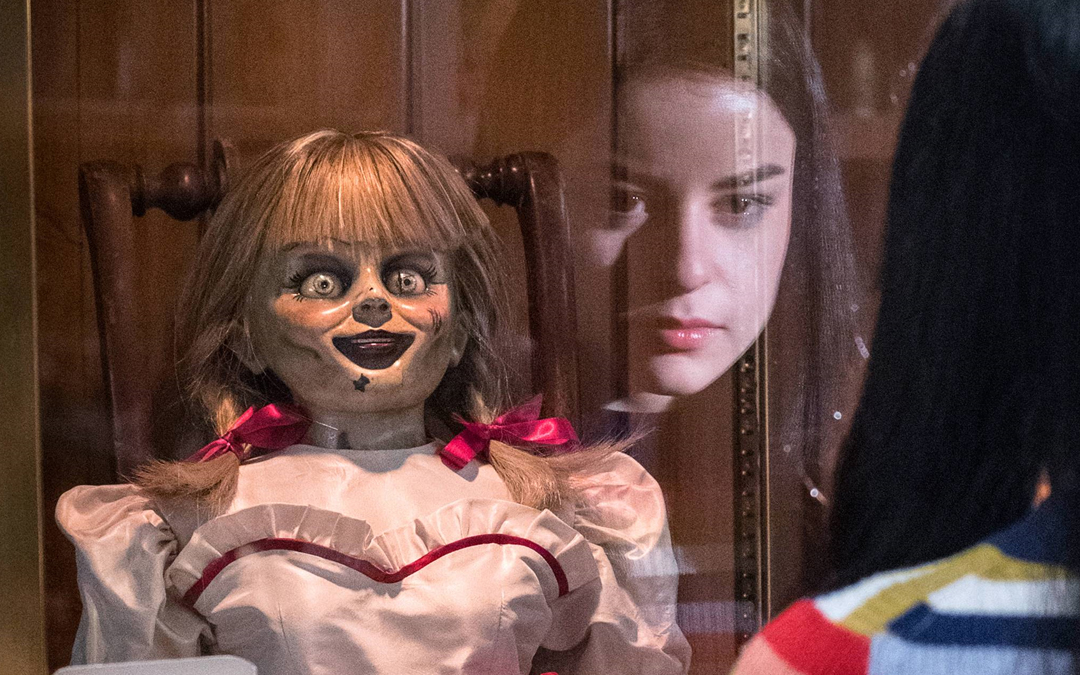The Weekend Movie Takeaway: 'The Curse of La Llorona'
April 22, 2019
On the weekend before the release of what is sure to be the biggest film of the year–Avengers: Endgame–the box office took a bit of a tumble to produce the lowest-grossing Easter weekend since 2003. Think of it as the especially low tide that comes before a tidal wave; fish flopping on the sand, ready to be smashed by the Marvel motherload.
But despite the meager showing, there were some encouraging takeaways from the results.
Horror film The Curse of La Llorona took the top spot once again for the umpteenth time this year, with $26.5 million dollars, showing that horror stories can always find a big audience with the right hook.
In this case, the film leaned into the large Latin appetite for stories of this kind, and no doubt gained an extra boost from what appears to be a last-minute decision to make the movie part of the larger Conjuring horror universe.
The actual narrative connection as it plays out in the movie is pretty tenuous–the Priest from Conjuring spin-off Annabelle shows up for a couple of scenes–but by incorporating La Llorona into the Conjuring world, the filmmakers have tapped into modern audience's Marvel-driven affection for cinematic universes.
It also allowed The Curse of La Llorona to effectively convey what kind of horror film it was going to be ahead of time, i.e., the subtler, less bloody kind of suburban horror that the Conjuring movies typify.
And although the film appears designed to appeal to Latin audiences in America and beyond, La Llorona also did well in most foreign territories (under the title The Curse of the Weeping Woman in the English-speaking ones).
The film itself is basic as all heck, but the bountiful initial global returns speak to the success of effective marketing and convincing narrative integration.
With the success of The Nun, and now La Llorona, the Conjuring universe is proving itself to be the most lucrative example of macro storytelling outside of Marvel.
The only other new film to break the top ten over Easter weekend was the faith-based Breakthrough, which has earned $14.6 since opening. It is yet more evidence of a large appetite for a type of narrative that most media outlets aren't particularly interested in covering these days.
On the specialty box office front, David Robert Mitchell's long-awaited Under the Silver Lake proved intriguing enough to audiences to give it the highest per-screen average, although it was only playing at two locations. It hits Video On Demand tomorrow, which is a somewhat undignified result for a film that fans of Mitchell's break-out movie–the masterful 2014 horror It Follows–have been eagerly anticipating.
Under the Silver Lake premiered almost a year ago at Cannes 2018, then had several release dates canned before the two-screen-and-VOD premiere last week. It somewhat discouragingly speaks to the modern movie market's inability to comprehend a film narrative that doesn't fit into the pre-existing box.
Under the Silver Lake is a shaggy, sprawling tale that will delight as many people as it infuriates. But love it or hate it, the film (starring Andrew Garfield) is undeniably contributing something to modern storytelling, and it's disheartening that there appears to be little room for it in the contemporary film-going space.
Written by: Dominic Corry
Dominic Corry is a Los Angeles-based film critic, writer, journalist and broadcaster. Raised in New Zealand, he is also the West Coast editor of Letterboxd, the social network for movie lovers. For more of his film writing, see his website www.TheGoodInMovies.com- Topics:
- Discussing TV & Film




